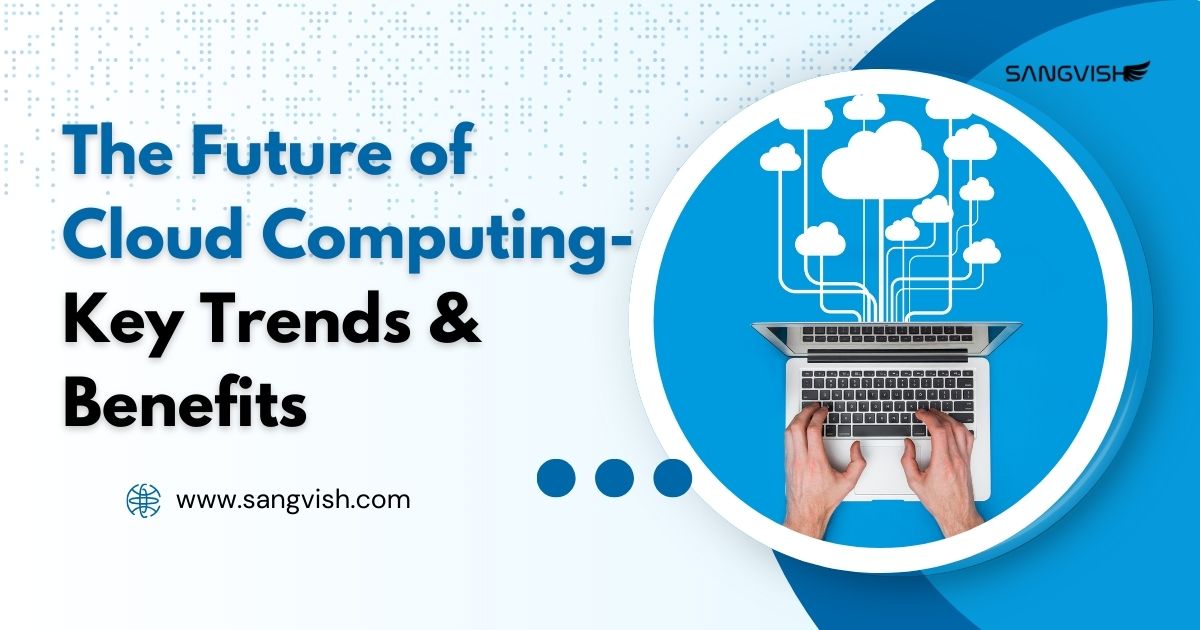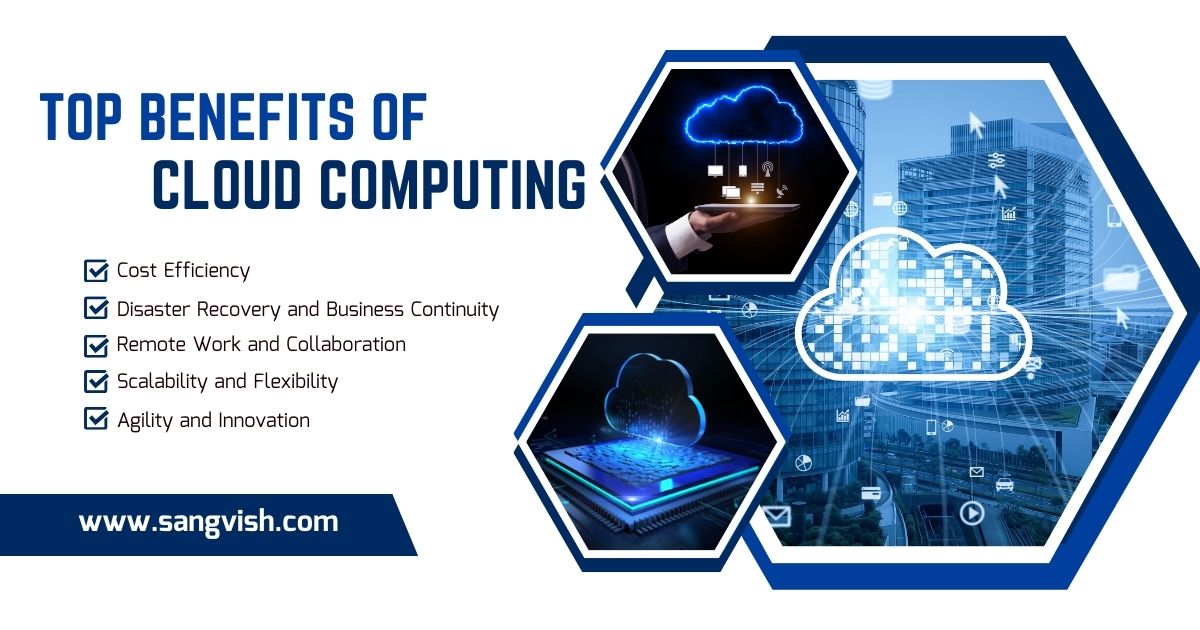Cloud Computing is the biggest growth and opportunity in the way businesses operate, providing scalability, flexibility, and budget-friendly. As we look to the future, the cloud continuously grows, bringing new technologies, trends, and advantages that will shape the era landscape.
In this article we will discover the robust trends and advantages of cloud computing, offering insights into how the technologies will be influenced in the various fields and industries in innovative and unique ways.
What is Cloud Computing?
Cloud Computing is an advanced technology that supports users in storing and accessing data, services, and applications online rather than on personal devices and local servers. It offers on-demand delivery of computing resources like storage, servers, databases, software, analytics, networking, intelligence, and more over the cloud, a network of remote servers hosted on the internet.
Exclusive Trends in Cloud Computing
Edge Computing
Edge computing is getting traction as a representation to step data closer to where it is created, decreasing latency and increasing real-time data analysis. This is specifically most important for applications that require instant processing, like smart cities, autonomous vehicles, IoT devices, and more.
AI and ML Integration
The integration of AI (artificial intelligence) and ML (machine learning) with cloud computing allows businesses to advance automation capabilities and analytics. Cloud providers are providing Machine Learning and Artificial Learning services that disentangle the development and deployment of intelligent apps, making these technologies more obtainable to companies of all sizes.
Hybrid and Multi-Cloud Environments
Strategies of Hybrid and multi-cloud are becoming gradually most famous as companies search to sway the strengths of various cloud providers while avoiding vendor lock-in. A hybrid cloud combines on-premises infrastructure with private and public clouds, providing a balanced approach to data management and application development. Multi-cloud structures, on the other hand, include utilizing multiple cloud services from various providers to fulfill specific companies’ needs.
The latest trend supports businesses, and companies, to optimize prices, and increase availability. By providing workloads across multiple clouds, enterprises can avoid downtime and enhance disaster recovery capabilities.
Sustainability and Green Cloud Initiatives
Sustainability is becoming a crucial focus for cloud providers, with huge investing in retunable energy sources and customizing data centers effectively. Green cloud initiatives are focused on decreasing the carbon footprint of cloud, arranged with worldwide efforts to combat climate change.
Enhanced Security and Compliance
As cyber threats become more comfortable, cloud providers are investing hugely in security measures to secure data and apps. Identity management, the latest encryption, the latest tools, and compliance tools are being connected to cloud platforms to confirm cutting-edge security.
Serverless Computing
Serverless computing, also known as FaaS(Function as a Service) is a developing trend that supports developers to create and run applications without controlling the underlying infrastructure. This model allows a quick development process, decreases operational overhead, and enables more effective scaling based on needs.
Top Benefits of Cloud Computing
Cost Efficiency
Cloud Computing removes the requirement for important upfront funds in infrastructure and hardware. Businesses can function on a pay-as-you-go model, down based on need or scaling sources which require to critical amount of savings.
Disaster Recovery and Business Continuity
Cloud computing offers powerful solutions for disaster recovery, allowing that information to be stored, backup and accessible in the event of a disaster. This allows business continuity, supporting companies to quickly recover and control downtime.
Remote Work and Collaboration
This is becoming enhancing premier in the digital of remote work, collaboration across geographic teams, and real-time communication facilitating to the teams. Cloud collaboration is a complaint and together with advanced tools that enable the team can easily work together without any regardless, flawless of their real-time location.
Scalability and Flexibility
Cloud applications provide unique scalability, supporting businesses to quickly change resources to fulfill the changing requirements and needs.
Agility and Innovation
Cloud computing is unique by offering access to state-of-the-art features, technologies, and services. Businesses can test innovative ideas, and designs, deploy the apps, and reach the market quickly with greater agility.
Conclusion
Cloud computing has a bright future for the business and it will offer the advanced trends and many benefits from unique cloud computing. It had many unique trending features such as AI, ML integration, multi-cloud strategies, and many trends that improved the business to a growing level. This blog will give the most important and effective Cloud Computing information that helps to improve your business.
Sangvish has a well-trained team who share useful and informative articles with you! Subscribe to our newsletter to get the more informative latest technologies-related blogs automatically sent to your mail and notifications. Don’t miss it.





